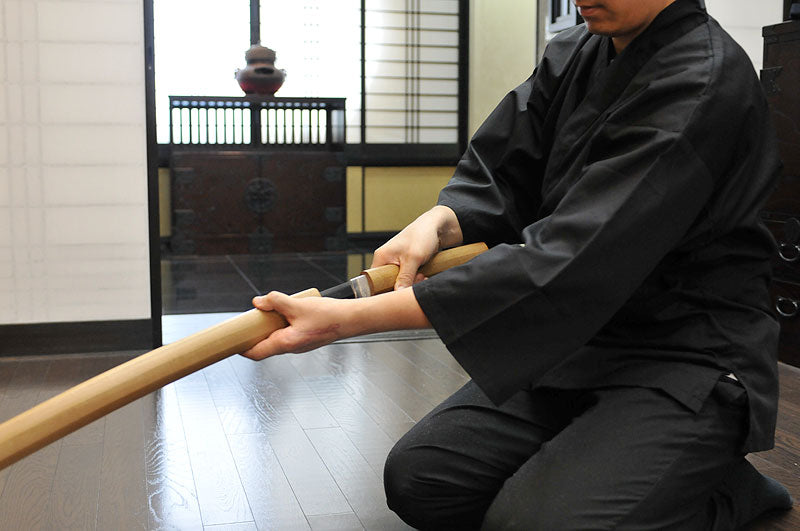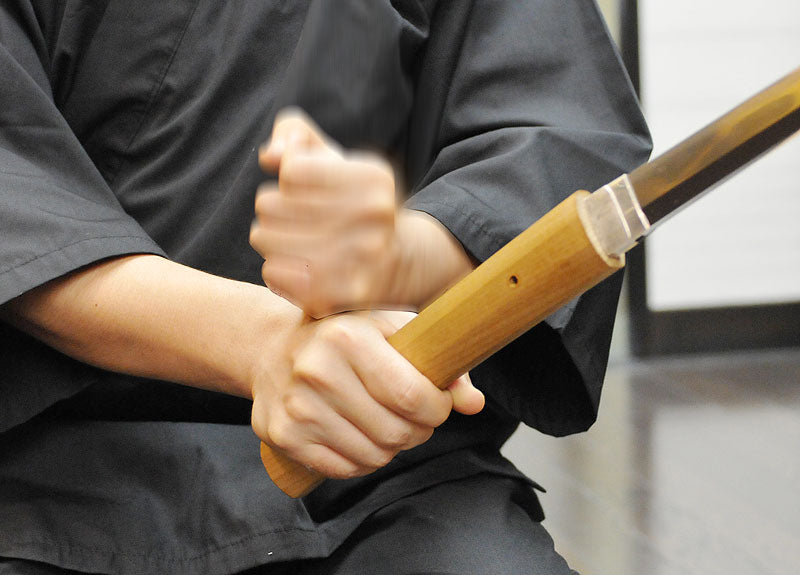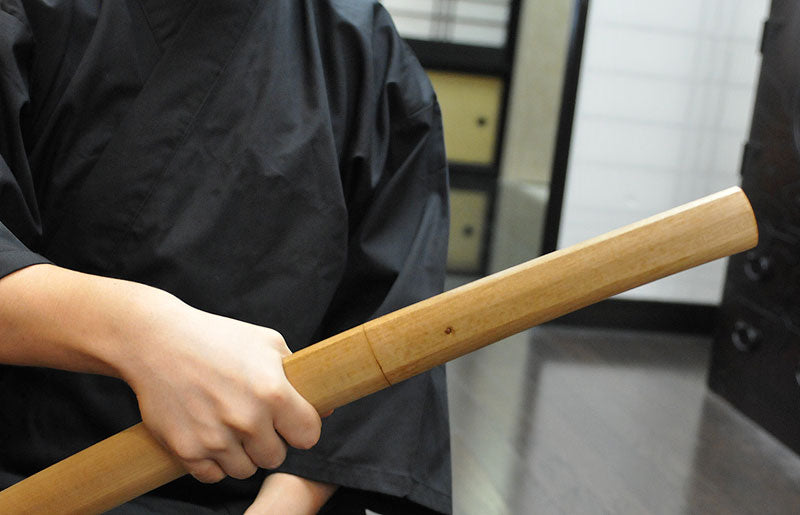So What Exactly is Shirasaya?
There are two types of Japanese sword mountings: the koshirae, also called uchigatana, and shirasaya. The uchigatana koshirae is equipped with a tsuba, a cord-wrapped handle, and a painted or lacquered scabbard. The shirasaya, which translates directly as "white sheath," gets its name from the Japanese word for unprocessed wood, which is called shiraki (white wood). So, what exactly is the function of this shirasaya?

The Nightgown of a sword
Shirasaya are often compared to a nightgown for the blade of a Japanese sword. In other words, the uchigatana koshirae is clothing for going out, while the shirasaya is clothing for relaxing at home. In fact, shirasaya has another name, yasumesaya, which means a scabbard in which to rest the sword blade. As mentioned above, shirasaya is an unlacquered, untreated scabbard, so it has the wood's property of absorbing humidity. This means that even in humid seasons, the sword blade is less likely to rust by absorbing the moisture inside the scabbard. The existence of shirasaya has in this way long played a very important role in preserving the blade of the Japanese sword in order to maintain its condition.

Structure of a Shirasaya
The composition of the shirasaya is extremely simple. It consists of two wooden slats glued together with rice grain or other glue. While the glue is relatively weak, according to one theory, the shirasaya is made intentionally weaker so that it is easy to break. The reason for this is that the sheath can be easily broken so as to remove the sword blade should it become rusted and difficult to remove from the sheath due to negligence or other issues.

History of Shiraya
It is said that the shirasaya was born in the late Edo period (1603-1867). The demand for shirasaya increased dramatically following the haitōrei law, which outlawed the carrying of swords, during the Meiji period (1868-1912). Originally, the custom of storing swords in shirasaya was reserved for upper-class samurai. Ordinary samurai who owned only one sword did not have the custom of storing their swords at home, as they kept their swords in uchigatana and wore them at all times, with the only exception being when going to bed. However, with the introduction of the sword abolition law, all people were forbidden from wearing swords, forcing samurai to keep their swords at home. This increased the demand for shirasaya, which has continued to be a staple for sword ownership to the present day.
Points to keep in mind when handling shirasaya
While shirasaya are a great way to store swords, the wood will always absorb moisture in a humid environment all year round, which can cause the wood to chronically expand and become slightly deformed from its original shape. Consequently, this can cause the sword to fall out of the sheath easily, so when holding a shirasaya, always hold it horizontally, keeping your hands on both the scabbard and the handle.

While holding the sword, always hold it horizontally with both hands, being careful not to hold the sheath vertically with one hand. The opposite being, when the weather turns from humid to dry, the wood may dry out and the sword blade may become stuck in the sheath. If left unattended, the sheath may crack. In such cases, it may be easier to pull out the sword blade if it is left overnight in a bathroom or other place with high humidity. Another good way to prevent such symptoms is to store the sword in a sword bag instead of leaving it in the shirasaya.

Leave a comment: